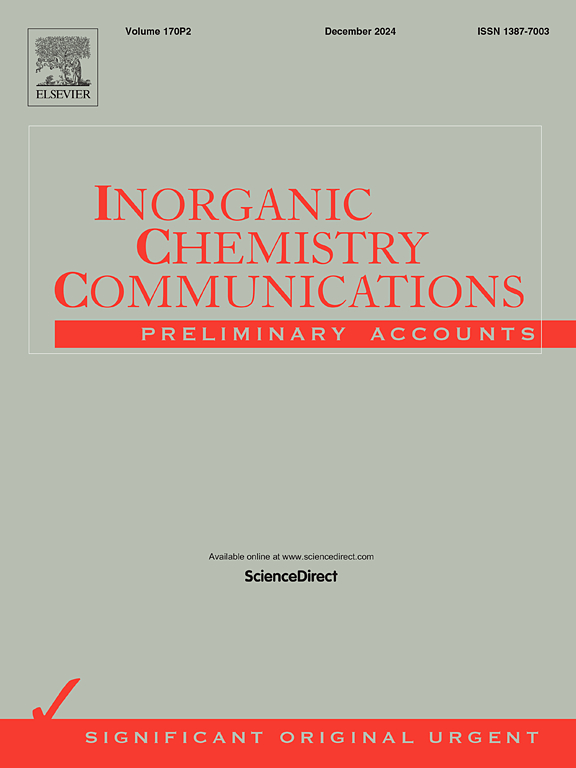Exploring photocatalytic and photovoltaic applications of chalcogenide Perovskites, ABS3 (A = Li, Na, K, Rb, Cs; B = Si, Ge, Sn): A First-Principles investigation using the HSE-06 hybrid functional
IF 4.4
3区 化学
Q1 CHEMISTRY, INORGANIC & NUCLEAR
引用次数: 0
Abstract
Unlike traditional semiconductors, chalcogenide perovskites offer a unique combination, merging the stability and safety of oxides with the tunability of halide semiconductors, making them particularly promising for photocatalytic and photovoltaic applications. This paper theoretically investigates the optoelectronic properties of the triclinic ABS3 (A = Li, Na, K, Rb, Cs; B = Si, Ge, Sn) perovskites using density functional theory with the HSE06 hybrid functional. The feasibility of synthesizing ABS3 materials was revealed using formation energy calculations. Band structure and density of state calculations confirm that all compounds under investigation are semiconductors exhibiting indirect bandgaps. These bandgaps increase with the ionic radius of the A-site cation, following the trend Li < Na < K < Rb < Cs. Additionally, the order of bandgap energies for the B-site elements is observed as Si > Sn > Ge. This trend emphasizes the significant influence of cation size on the electronic properties of perovskite materials. The investigated perovskites exhibit bandgaps between 1.67 and 3.55 eV, with a narrow difference (0.03–0.49 eV) between their indirect and direct gaps. We additionally compute various optical parameters (dielectric function, refractive index, extinction coefficient, optical conductivity, absorption coefficient, reflectivity, and energy loss function) across the 0–50 eV energy range. The valence and conduction band edge potentials of ABS3 perovskites were calculated to evaluate their potential applications in water splitting, carbon dioxide reduction, and photodegradation processes. The results of this study demonstrate that several ABS3 semiconductors exhibit promising characteristics that position them as efficient photocatalysts for these photocatalytic reactions. LiGeS3 and NaGeS3, in particular, are promising for solar cell applications.

求助全文
约1分钟内获得全文
求助全文
来源期刊

Inorganic Chemistry Communications
化学-无机化学与核化学
CiteScore
5.50
自引率
7.90%
发文量
1013
审稿时长
53 days
期刊介绍:
Launched in January 1998, Inorganic Chemistry Communications is an international journal dedicated to the rapid publication of short communications in the major areas of inorganic, organometallic and supramolecular chemistry. Topics include synthetic and reaction chemistry, kinetics and mechanisms of reactions, bioinorganic chemistry, photochemistry and the use of metal and organometallic compounds in stoichiometric and catalytic synthesis or organic compounds.
 求助内容:
求助内容: 应助结果提醒方式:
应助结果提醒方式:


